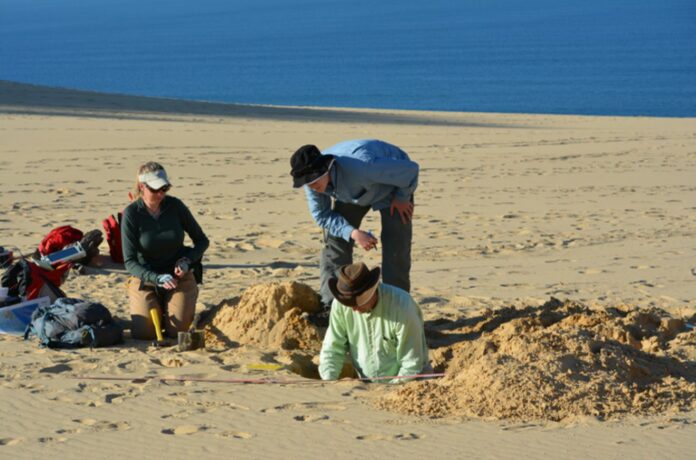The rising sea level contributes to floods, shoreline erosion, and storm-related dangers in the United States, where about 30 percent of the population resides in places with a relatively high population density.
According to the United Nations’ Atlas of the Oceans, eight of the world’s ten largest cities are located within 100 kilometers of a coastline.
Rising sea levels pose a threat to the infrastructure needed for local jobs and regional industries in urban environments along coasts all over the world. The list of infrastructure that is at risk from sea level rise is nearly infinite and includes roads, bridges, subways, water supplies, oil and gas wells, power plants, sewage treatment facilities, landfills, and more.
Nonetheless, according to a new study, changes in sea level will have both positive and negative effects. So, even though we mostly worry about how dangerous sea-level rise is, it will also have some positive benefits.
According to a new study, during the Middle Pleistocene Transition, substantial climate feedback shifts may have contributed to the formation of K’gari, also known as Fraser Island, and the Great Barrier Reef.
There is very little known about the processes that led to the formation of these UNESCO World Heritage sites, which have been shaped by a consistent, long-term tectonic history over the course of the Quaternary epoch, which started 2.6 million years ago.
New research by geoscientist Tammy Rittenour of Utah State University and her international team of colleagues suggests that rising sea levels may have been a factor in the formation of these iconic landforms 800,000 years ago.
The findings were published today in the journal Nature Geoscience by Rittenour and colleagues from the University of Queensland, Australian National University, Flinders University, the University of Western Australia, the University of Canterbury, Clarkson University, and Stockholm University with the help of Australian Research Council.
According to Rittenour, professor in USU’s Department of Geosciences and the Ecology Center, their findings show “evidence that the formation of K’gari and the Great Barrier Reef is linked to a change in the magnitude of sea-level rise and fall due to major climate feedback changes during the Middle Pleistocene Transition.”
Rittenour, director of the USU Luminescence Laboratory, performed optically stimulated luminescence dating on sediment samples from hand cores and beach bluffs to constrain the time of origin of the island’s enormous, vividly hued sand dunes, as well as those from the adjacent Cooloola Sand Mass.
They “found that the sand island and dune fields first formed 1.2-0,7 million years ago, during a period of climate reconfiguration, when increasing global ice volume caused sea-level fluctuations that redistributed sediment previously stored on the continental shelf,” add Rittenour. “The formation of K’gari prevented the transport of sand northward along the coast, into the areas that now host the Great Barrier Reef.”
The vast sand island’s outward-jutting orientation generated circumstances for the crystal-clear water required for coral growth, allowing the Great Barrier Reef to form.
“These significant findings are changing the way we look at coastal sedimentary systems,” Rittenour adds. “This wholesale change in coastal conditions during the middle Pleistocene is probably not unique to eastern Australia’s coast and should be investigated in other passive-margin coastlines around the world.”
Source: 10.1038/s41561-022-01062-6
Image Credit: Utah State University
